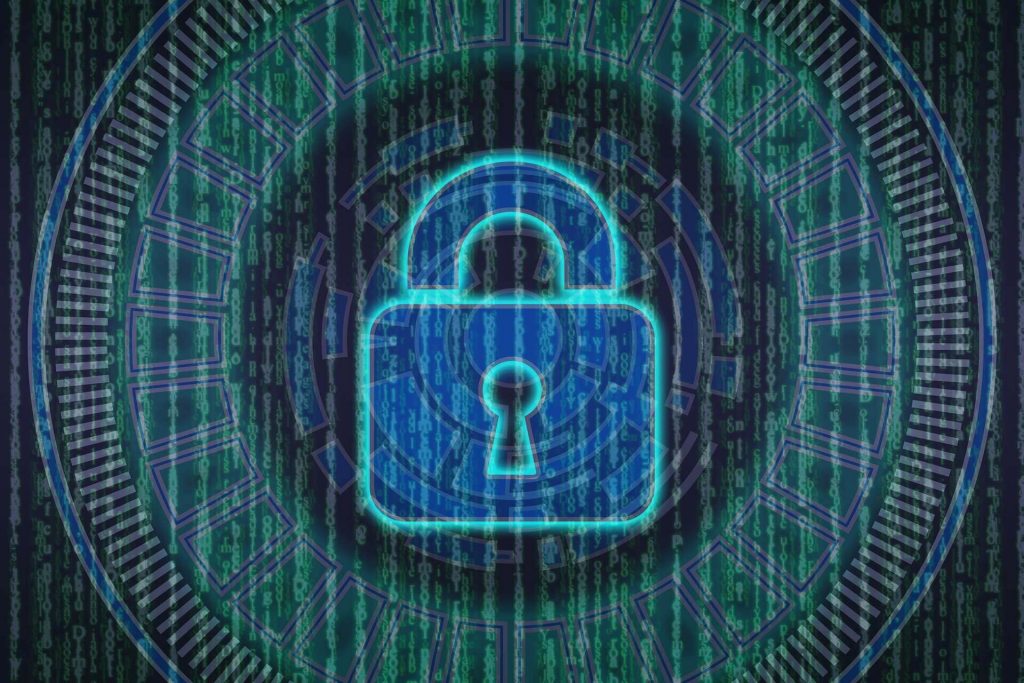All too often, firms with leaders who think they are complying with a cybersecurity framework are the very organizations that experience data breaches or other such preventable incidents. How can your organization avoid making the same mistakes these organizations are making? Cybersecurity also have elements?
It’s not unusual for executives to misunderstand effective cybersecurity risk management. They often consider it an issue for IT to deal with, when in fact it is an enterprisewide issue. Cybersecurity needs to be managed from the top down, through business lines, similarly to how budgets are handled. In other words, the whole organization needs to involve, working toward common goals.
In our work with all types of organizations in a wide variety of industries, we have observed that effective cybersecurity risk management must include the following five elements.
ELEMENTS OF CYBERSECURITY
An Effective Framework
A framework must be adopted, adjusted, and fine-tuned to an organization’s particular circumstances and the type of data being protected. Which takes a concerted effort on the part of the organization. Executives need to establish proper governance that applies to all of the organization’s resources , its people, processes, and technology. Choosing and implementing an appropriate framework is an essential first step to building a cybersecurity risk management program.
End-to-End Scope
A cybersecurity program must be comprehensive in order to be successful. That is, address all data in the organization that needs to be protected. An organization may discover that locating all of its data is a challenge due to the ever-growing number of devices connected to the network. In addition, an organization must adopt a comprehensive approach to identifying every cybersecurity concern from third-party vendors to work processes. To be effective, a cybersecurity program must keep all the critical elements of the organization that need to be protected in its scope.
Thorough Risk Assessment and Threat Modeling
Identifying the risks and the likelihood of an array of threats and the damage they could do is a critical step to prioritize cybersecurity threats. In prioritizing, the cybersecurity team should consider the organization’s data from an outside perspective. In other words, identify which data is likely to be valuable from a hacker’s point of view. This perspective will help the team develop an effective cybersecurity strategy to help prevent likely attacks.
Proactive Incident Response Planning
Acknowledging that any system’s security might be breached eventually, many organizations have adopted incident response plans. Many of those plans just useless and outdated while employees remain unprepared when the plans are really needed. Taking a proactive approach to incident response planning means testing the plan, identifying how to improve its effectiveness, making those improvements, and ensuring that personnel are trained and prepared to react to a security breach and limit its damage.
Dedicated Cybersecurity Resources
The last, but not least, critical element is personnel who are dedicate to managing the organization’s cybersecurity. In order to establish an effective cybersecurity risk management program, it is essential that the roles and clearly define the responsibilities to govern chosen framework..




